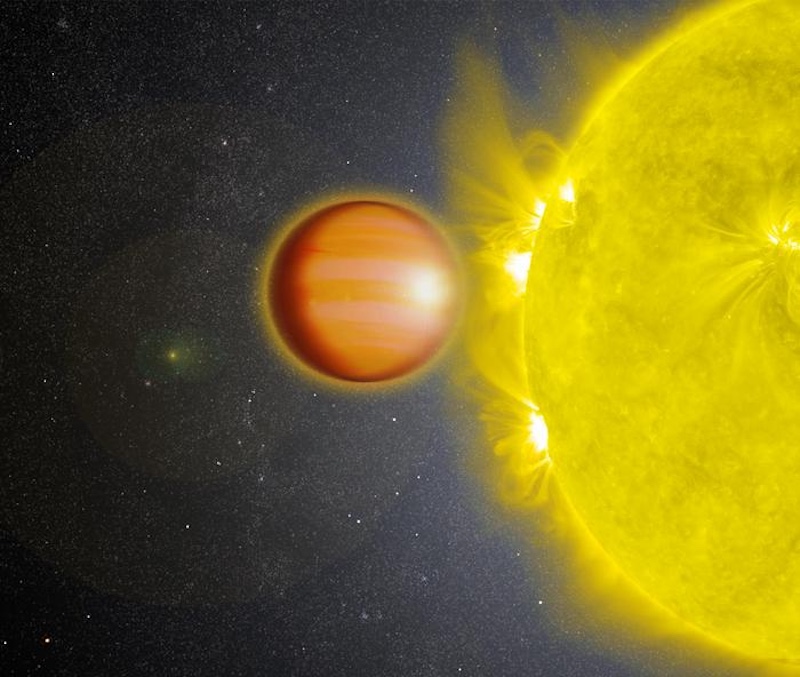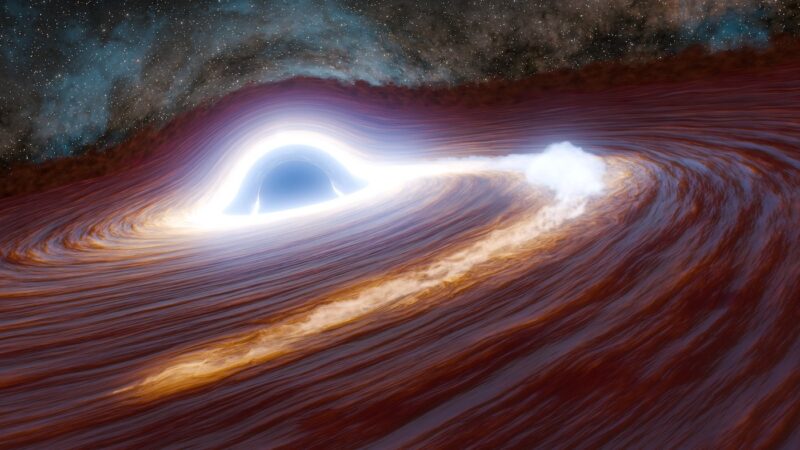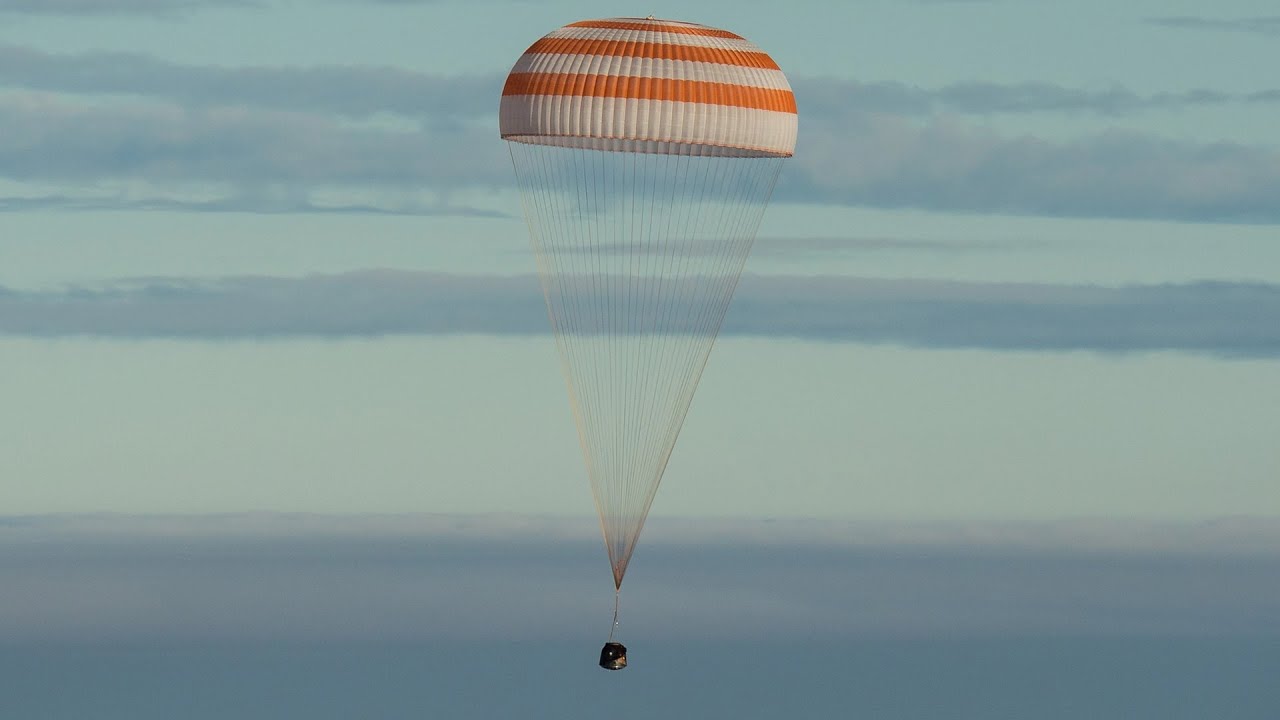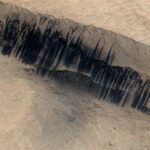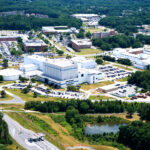Now Reading: Lucy spacecraft to fly by asteroid Donaldjohanson on Sunday. Expect to be surprised.
-
01
Lucy spacecraft to fly by asteroid Donaldjohanson on Sunday. Expect to be surprised.
Lucy spacecraft to fly by asteroid Donaldjohanson on Sunday. Expect to be surprised.
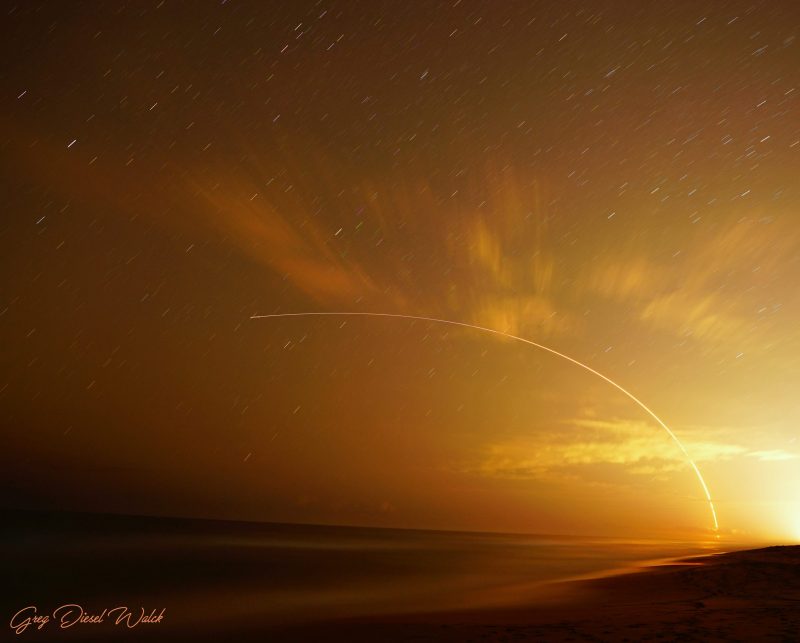
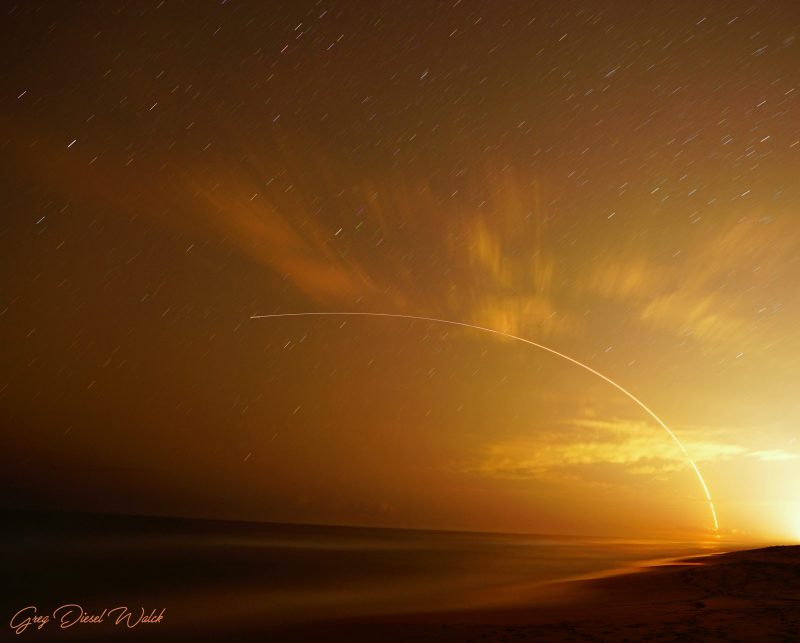
Science matters. Wonder matters. You matter. Join our 2025 Donation Campaign today.
Lucy to fly by Donaldjohanson
The Lucy spacecraft – named for a famous fossilized skeleton found in Africa in 1974 – is on a 4-billion-mile (6-billion-km) journey to explore a couple of main-belt asteroids and seven of Jupiter’s Trojan asteroids. On Sunday, April 20, 2025, it’ll fly past asteroid Donaldjohanson, named for the paleoanthropologist best known for discovering the Lucy fossil.
The Lucy spacecraft’s closest approach to the asteroid will be at 12:51 p.m. CDT (17:51 UTC) on April 20. The spacecraft will sweep within 596 miles (960 km) of the asteroid. Tom Statler at NASA headquarters in Washington said:
The fact that each new asteroid we visit knocks our socks off means we’re only beginning to understand the depth and richness of that history. Telescopic observations are hinting that Donaldjohanson is going to have an interesting story, and I’m fully expecting to be surprised, again.
Donaldjohanson is oblong in shape and about 2 miles (3.2 km) wide. When will we see it up close in images from the Lucy spacecraft? Michael Vincent of Southwest Research Institute in Boulder, Colorado, said:
One of the weird things to wrap your brain around with these deep space missions is how slow the speed of light is. Lucy is 12.5 light-minutes away from Earth, meaning it takes that long for any signal we send to reach the spacecraft. Then it takes another 12.5 minutes before we get Lucy’s response telling us we were heard. So, when we command the data playback after closest approach, it takes 25 minutes from when we ask to see the pictures before we get any of them to the ground.
And then it will take a couple of days for the science data to arrive at Earth. But when it does, expect an update with our first closeup views of Donaldjohanson.
Zeroing in on Donaldjohanson
Back on February 25, 2025, NASA shared Lucy’s first views of Donaldjohanson. In the images, we can see the asteroid change its position between February 20 and 22.
This flyby is a test run for its encounter with Jupiter’s Trojan asteroids in 2027. Lucy already passed and imaged another main-belt asteroid – Dinkinesh – in November 2023. During that pass, images revealed it has a contact-binary moon, Selam. Who knows what the new images of Donaldjohanson will reveal?

Earth gave the Lucy spacecraft a boost
Lucy launched from Cape Canaveral, Florida, on October 16, 2021. Exactly one year later, the spacecraft swung past Earth for a gravity assist on Sunday, October 16, 2022. During the 2022 gravity assist, Lucy swept within 219 miles (352 km) of Earth’s surface. In fact, Lucy came so close to Earth that some lucky observers were able to watch the spacecraft soar overhead.
It was the first of three gravity assists from Earth, as the spacecraft wends its way outward through the solar system on its 12-year journey.
Why visit the Trojan asteroids?
The Trojans move in Jupiter’s orbit around the sun. Scientists view them as fossils left over from the formation of the solar system. And they’ve never been explored before.
Our fossilized ancestor called Lucy dates to some 3.2 million years ago. And the skeleton of the fossil Lucy provided unique insight into human evolution. Likewise, the Lucy space mission will hopefully provide insight into our solar system’s evolution. Astronomer Hal Levison of the Southwest Research Institute (SwRI) in Boulder, Colorado, leads the Lucy mission. He spoke about Lucy’s journey to Jupiter’s Trojans and about how the mission got its name:
The Trojan asteroids are leftovers from the early days of our solar system, effectively fossils of the planet formation process. They hold vital clues to deciphering the history of our solar system. The Lucy spacecraft, like the human ancestor fossil for which it is named, will revolutionize the understanding of our origins.
Meanwhile, the asteroid Donaldjohnanson is named for anthropologist Donald Johanson. He discovered the fossilized skeleton of Lucy in Africa.
The Lucy spacecraft’s long journey
Ultimately, Lucy’s 4-billion-mile journey will take it out to the orbit of Jupiter and the realm of Trojan asteroids, then back in toward Earth for gravity assists three times. Notably, this will be the first time a spacecraft has ever returned to Earth’s vicinity from the outer solar system.
To answer some questions: the Lucy spacecraft is going out to several asteroids that share a very stable orbit around the Sun with the planet Jupiter. These asteroids are not coming to Earth! Follow @AsteroidWatch
for more about how we track asteroids near Earth.— NASA Solar System (@NASASolarSystem) October 16, 2021
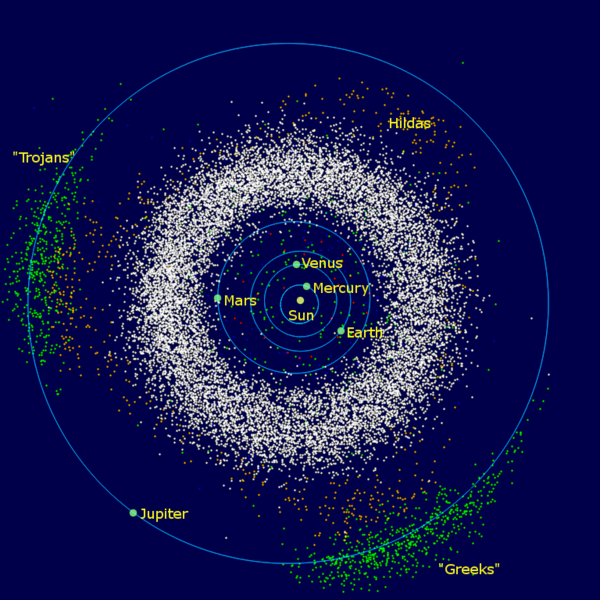
The Lucy spacecraft target: Trojan asteroids
In fact, Trojan asteroids are a unique group of rocky bodies. Left over from the formation of the solar system, they orbit the sun on either side of Jupiter. Until now, no spacecraft has previously explored this collection of solar system fossils. Jupiter’s gravity, in effect, traps these asteroids in two swarms in its orbit, with some ahead of the planet and some trailing behind.
Given these points, deputy principal investigator Cathy Olkin said:
Lucy’s ability to fly by so many targets means that we will not only get the first up-close look at this unexplored population, but we will also be able to study why these asteroids appear so different. The mission will provide an unparalleled glimpse into the formation of our solar system, helping us understand the evolution of the planetary system as a whole.
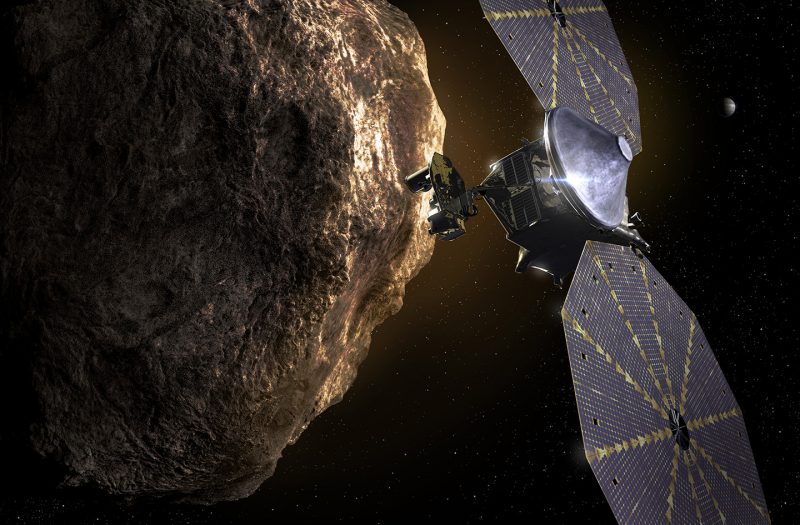
Bottom line: The Lucy spacecraft is on its way to Jupiter’s Trojan asteroids. But on its way, it will have a rendezvous with the main-belt asteroid Donaldjohanson on April 20.
Read more about the Lucy mission
The post Lucy spacecraft to fly by asteroid Donaldjohanson on Sunday. Expect to be surprised. first appeared on EarthSky.
Stay Informed With the Latest & Most Important News
Previous Post
Next Post
-
 012024 in Review: Highlights from NASA in Silicon Valley
012024 in Review: Highlights from NASA in Silicon Valley -
 02Panasonic Leica Summilux DG 15mm f/1.7 ASPH review
02Panasonic Leica Summilux DG 15mm f/1.7 ASPH review -
 03How New NASA, India Earth Satellite NISAR Will See Earth
03How New NASA, India Earth Satellite NISAR Will See Earth -
 04And Thus Begins A New Year For Life On Earth
04And Thus Begins A New Year For Life On Earth -
 05Astronomy Activation Ambassadors: A New Era
05Astronomy Activation Ambassadors: A New Era -
06SpaceX launch surge helps set new global launch record in 2024
-
 07Space Force plans new ‘Futures Command’ amid pressure to speed up modernization
07Space Force plans new ‘Futures Command’ amid pressure to speed up modernization












